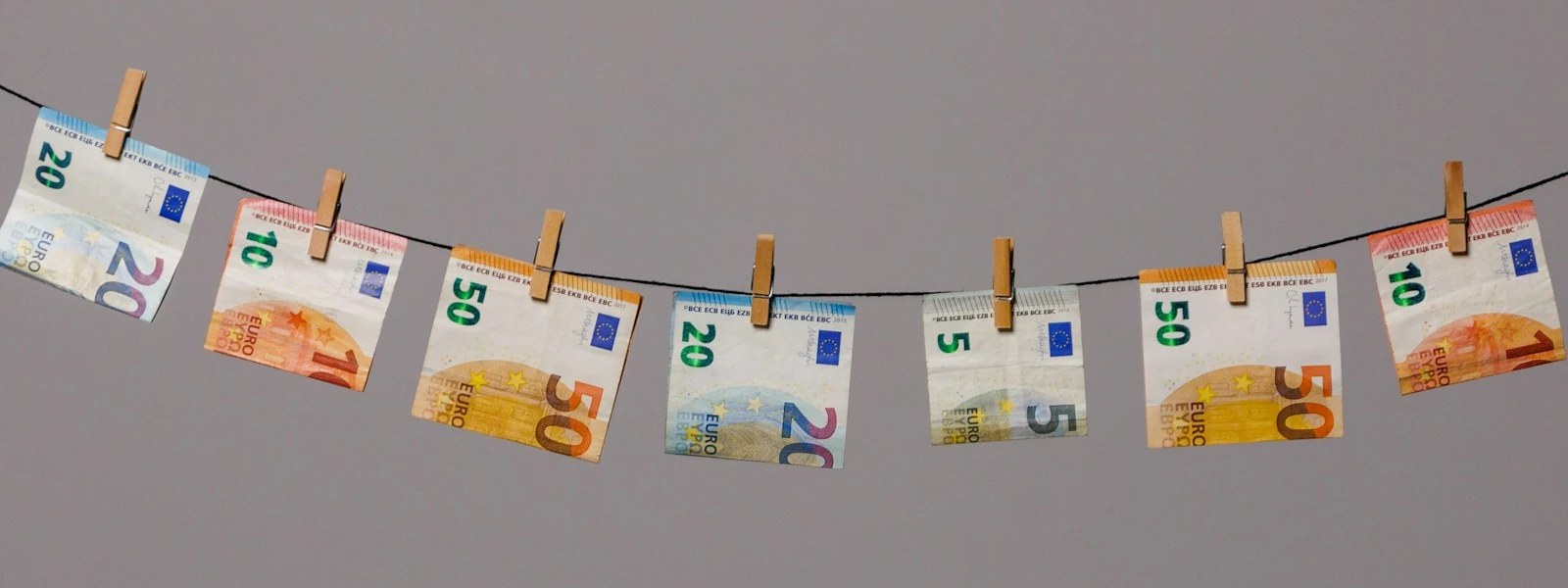How to communicate consumption expenses to the neighbors of a community

Consumer spending in communities
There are some homeowners' associations where certain expenses are shared among their members proportionally based on their usage. For example, heating and water consumption costs are very common in many communities.
These expenses are proportional to their usage and typically include costs associated with consumption, but also fixed maintenance costs for the service itself. In many cases, these services are also provided by utility companies outside the community. These companies take the readings and determine the consumption of each property, in order to issue receipts or invoices to the owners.
Subsequently, it is usually the community's property management that prepares the final documents, communicates them to each owner, creates a collection remittance, and monitors their payment status, maintaining the accounting of all properties in conjunction with the community's own accounting.
How to communicate these expenses to neighbors
Currently, this communication between property management and property owners doesn't usually use a highly automated process and is instead handled by personalized administrative tasks where, through various means such as email or general communications, residents are notified of these amounts. This is not usually automatic, nor is it procedural, and much less does it contain all the information on these expenses. There are certainly many cases where communication is based on indicating a total amount, without any further related information; or where such communication doesn't even exist; residents learn about their expenses through bank charges on their checking accounts.
Obviously, this process of communicating data to residents can be greatly improved from the current situation, allowing residents to instantly receive complete and detailed information about their consumption, including a document that serves as a receipt or includes the entire calculation used to calculate their bill; and finally, including the status of their payment, through notifications before and after collection.
In this way, in our Onzane app, residents can receive push notifications on their mobile phones at every step of the process: when bills are issued, when they are processed for collection, and when a result is obtained, whether successful or unsuccessful. In addition to these notifications, residents can view their consumption readings, document data, and finally the document itself with all the calculations used to calculate the total amount.
How to integrate information into our application
To achieve the desired performance, there is a vital point where information must flow between the property management information system and our application so that notification actions can be carried out and the data can be displayed to residents appropriately. This step is known as data integration between two information systems: the property management system and our own Onzane application.
At this point, there are two alternatives that we always propose to property managers:
- Automatic integration: This is the most suitable system, as the entire process is automated with minimal human intervention, thus reducing time, resources, and potential errors in information exchange. Unfortunately, this option requires the property management information system (usually based on highly closed, proprietary software) to be able to use API-based technological information exchange processes. Onzane allows for such exchange, but we find that property management systems usually do not.
- Manual integration: If we can't implement an automated process, we can always do it manually, although it usually requires more time and resources. There are file formats, such as Excel or CVS, that allow you to export information from property management systems and then import it into our application, thus integrating the necessary information and performing the required notification actions. This process is also supported in our application, although it usually requires prior development because the data formats typically vary between different communities. Nothing our software development team can't do.
Automatic data integration
To enable automatic data integration, Onzane offers an open API that property managers can freely use. This data integration technology is currently the most widely used for integrating information between two different IT systems, and enables fully automated exchanges.
In property management companies where this is possible, Onzane collaborates with the required tools to implement customized integration points, if necessary, to achieve maximum integration and automation of the process. This is something we are familiar with and offer free of charge to property management companies.
Manual integration of data
In order to manually integrate residents' consumption into our application, we have a feature that allows us to manually import data via files in a suitable format.
The process begins with having all the possible data in a file in an open, readable format. This file typically exists in all property management offices for each affected community and is usually generated from their own accounting system and from the data received by the companies that perform meter readings for said consumption. In any case, it will always be possible to prepare it appropriately for the required needs.
In our application, we have included a system to process these consumption files asynchronously. The administration uploads them to our application, and we process them by incorporating the consumption information for each home, sending push notifications to residents, and even generating documents that residents can later download from the app.
This way, all residents are kept informed through the same app they use in their community, allowing them to carry out all necessary tasks. This new feature also allows them to receive detailed utility bills on time, facilitate their calculations, and even download documents at any time.
At the same time, property management, through its services, keeps residents of its communities informed promptly and in detail about their consumption information, offering diligent service, a single source of information, and ultimately improved quality that will result in greater customer loyalty.